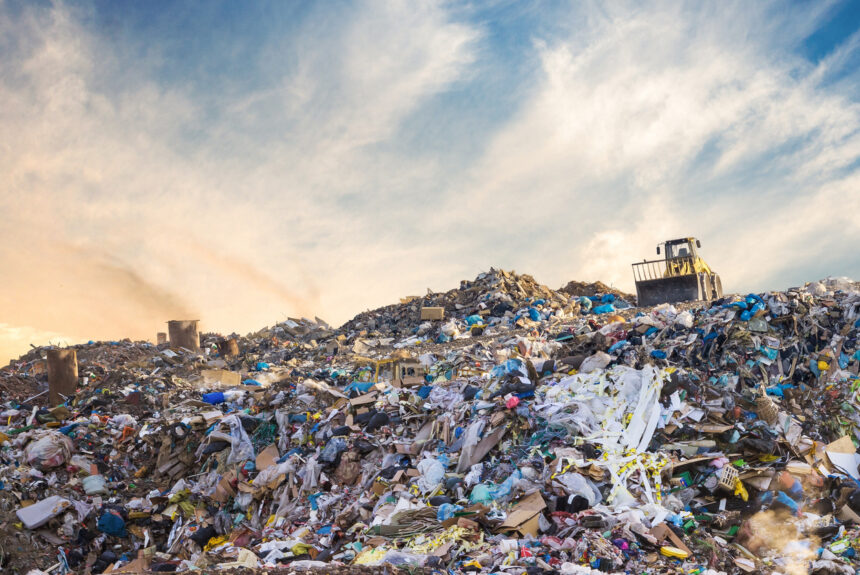Matt Tomich writes in The Hill about the role that methane biogases can play in reducing emissions.

- Industry and government are targeting ways to reduce methane emissions in the United States.
- One avenue that should be pursued is harnessing methane from food and agricultural waste.
- By being processed in airless tanks called anaerobic digesters (ADs), methane can be converted into renewable natural gas, which has a lower methane and CO2 footprint than traditional LNG.
- ADs can also capture methane from landfills and use it to create bio-fertilizers for farming operations.
“While other approaches like composting or methane-eating microbes can also help reduce methane emissions, ADs are proven and scalable now and offer the biggest bang for the buck. U.S. organic waste is a huge climate liability if left unaddressed; it’s also a major renewable energy resource that remains largely untapped. Scaling up ADs can change that.”
Read the full article here.
The views and opinions expressed are those of the author’s and do not necessarily reflect the official policy or position of C3.
